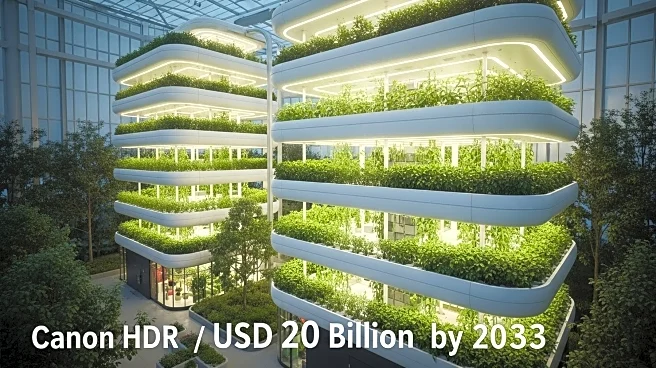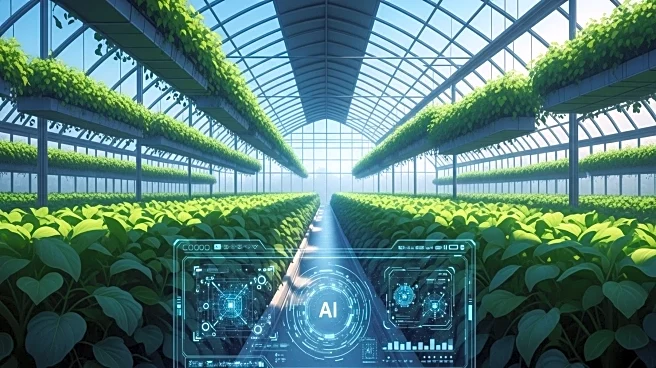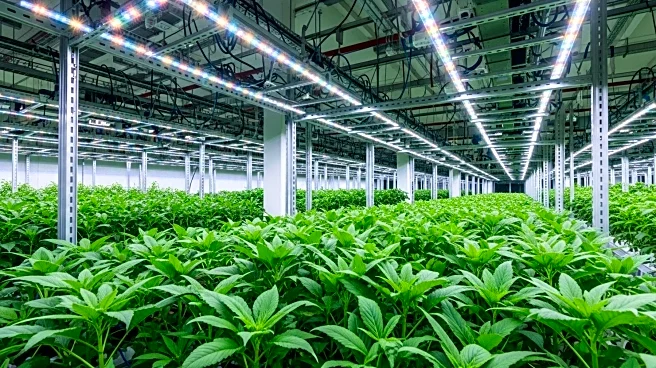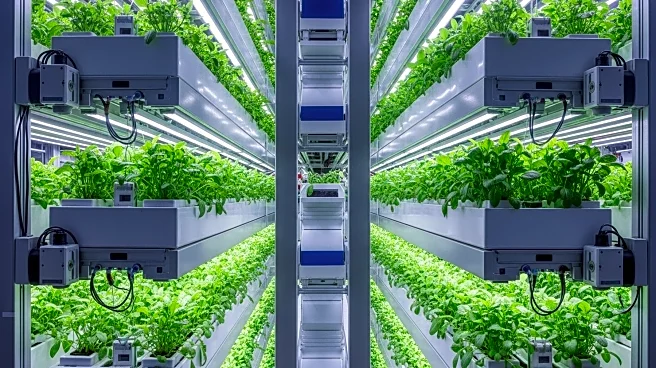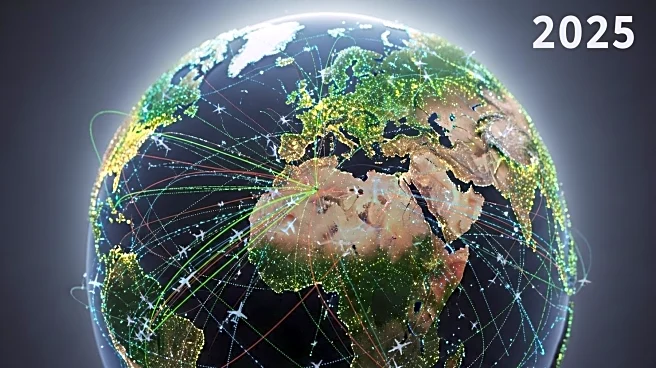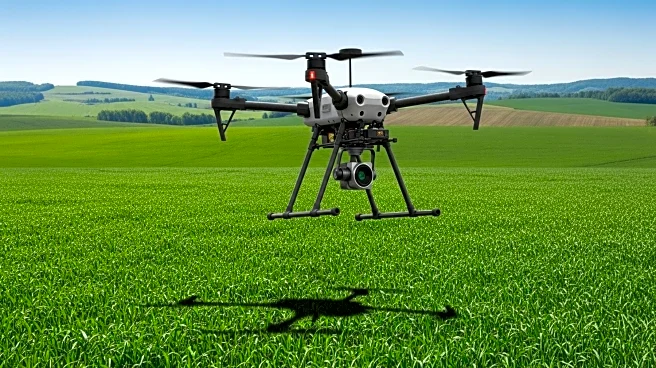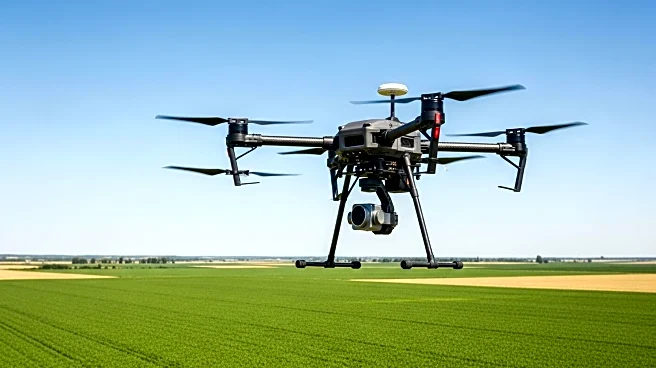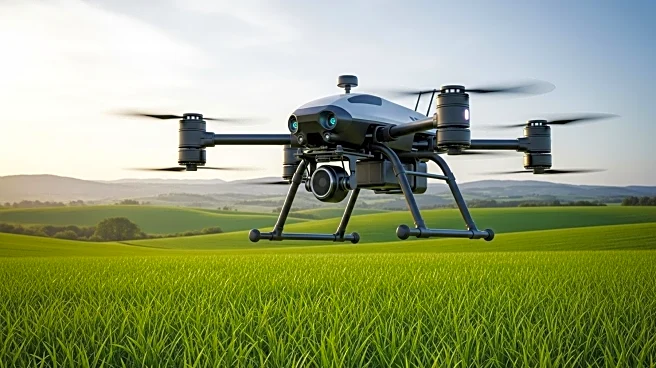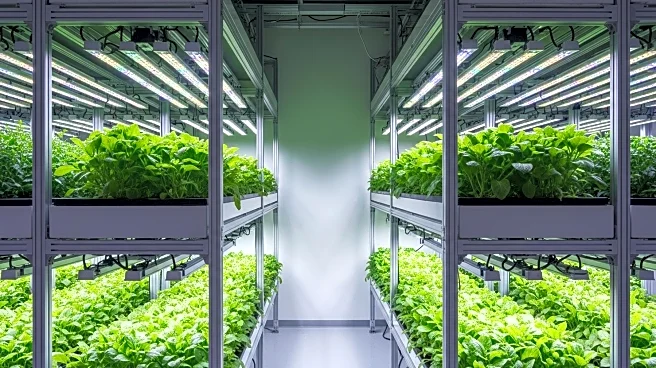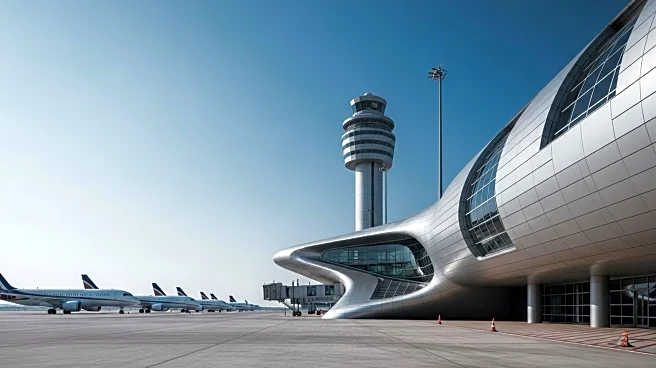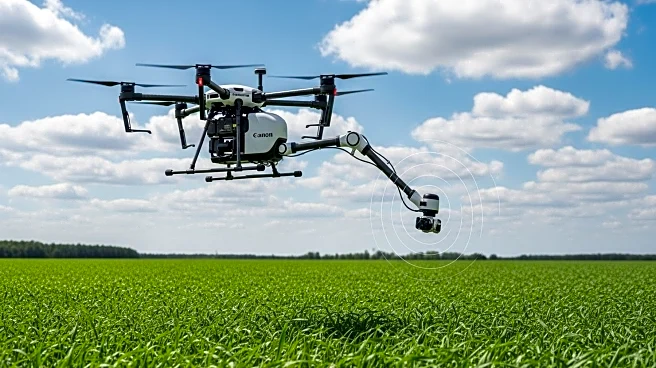What is the story about?
What's Happening?
The global vertical farming market is undergoing significant transformation, driven by the need for sustainable urban food production solutions. As urban populations grow and arable land becomes scarce, vertical farming offers a viable alternative by cultivating crops in vertically stacked layers within city environments. This method maximizes space and addresses food security concerns while reducing reliance on traditional farming. The market is experiencing trends such as sustainability, technological innovation, and evolving consumer preferences for pesticide-free and locally sourced produce. Key technological advancements include LED lighting, climate control solutions, and IoT integration, which optimize crop yield and quality. The market is expected to grow to USD 20 billion by 2033, with a compound annual growth rate of 24% from 2025 to 2033.
Why It's Important?
Vertical farming represents a critical shift in agriculture, addressing the challenges of urban food production and sustainability. The industry's growth is fueled by increasing consumer demand for fresh, organic produce and the need for efficient land use in urban areas. This shift has significant implications for food security, reducing the carbon footprint of food production, and minimizing water usage. Companies investing in vertical farming technologies stand to benefit from the expanding market, which is poised to redefine urban agriculture. The Asia Pacific region is leading this growth, supported by urbanization and government initiatives, followed by North America and Europe, where technological innovation is a major catalyst.
What's Next?
The vertical farming industry is expected to continue its trajectory of innovation and expansion. Future trends include deeper integration of AI, robotics, and predictive analytics to enhance production efficiency. Regulatory frameworks may evolve to support sustainable urban agriculture, potentially offering incentives for energy-efficient vertical farms. As consumer demand for diverse crops increases, the industry may see diversification into fruits and specialty plants. Emerging markets in Latin America and the Middle East are attracting investments to address food security challenges, positioning vertical farming as a key component of modern, sustainable agriculture.
AI Generated Content
Do you find this article useful?
